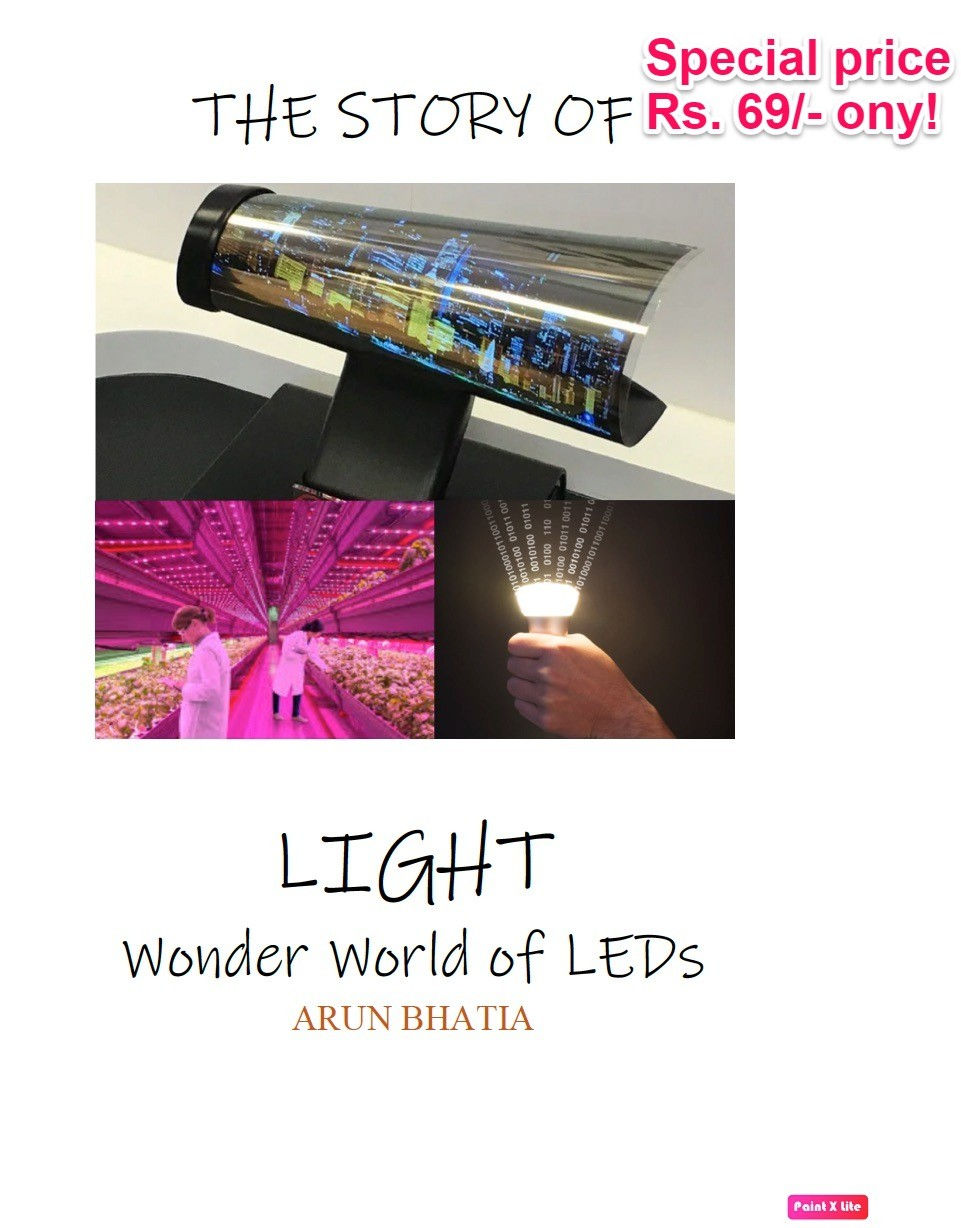EV Technology Today - Power Electronics
- Arun Bhatia

- Jul 1, 2022
- 3 min read

Image credit: hexagonmi.com
We have discussed the following topics on EV technology in the most recent issues of Tech Life newsletters and if you wish to refer to these you can easily do so by clicking the links below:
So, while we have covered the major topics of Batteries, Motors and Chargers, the technology survey would be incomplete without covering the role of Power Electronics, without which the eV breakthroughs would not have been possible. In fact, it was Tesla which first used the Silicon Carbide Mosfet in their model 3 inverters which made the size of the electronics smaller and sleeker and in turn revolutionised the power electronics industry. We will cover this topic in this issue. Please refer to Fig.1 below.
The sensors feed the input to the electronic controller from the battery, transmission, and differential devices. The controller gives a suitable output to the power converter which drives the motor, charges the batteries, and guides battery power to the motors. It also sucks the regenerated power, from the braking or slowing, back into the battery to improve the energy efficiency.
We are all quite familiar with the microcontrollers, microcomputers, sensors, software, algorithms which are used and put to optimum advantage to extract the best possible performance from the EV system. However, at the heart of the power electronics is the sturdy, fast, efficient switches without which the EV really wouldn’t have got off to the rapid strides in advancement as it is today. These switches can be IGBT or more recently the Silicon Carbide Mosfets and are high voltage, high current devices. These are usually connected in a half bridge configuration as shown in Fig.2 with the DC bus voltage of 400 or 800 or even 1000V these days. The symbols for these two devices are shown in Fig.3.

Fig.1

Fig.2

Fig.3
IGBTs (Insulated-Gate Bipolar Transistors) and MOSFETs (Metal-Oxide-Semiconductor Field Effect Transistors) are used in many different types of power applications, including renewable energy, aerospace, automotive and transportation, test and measurement, and telecommunications. MOSFETs generally work well for lower voltages and power, while IGBTs are well adapted to higher voltages and power. With the introduction of silicon carbide, MOSFETs are more effective than ever before, offering unique benefits compared to traditional silicon components.
Silicon carbide MOSFETs have a critical breakdown strength that is 10x of silicon, and silicon carbide MOSFETs can operate at much higher temperatures, provide higher current density, experience reduced switching losses, and support higher switching frequencies. This also means that silicon carbide MOSFETs are more similar to silicon IGBTs, and in many designs, can replace silicon IGBTs while offering additional benefits to the design overall.
Silicon carbide MOSFETs outperform their silicon counterparts in other ways, including the ability to handle higher voltage and power requirements while still saving space. The use of silicon carbide makes these MOSFETs extremely rugged and durable and so are the star performers behind the EV revolution.
Power Converters: Power converters are classified according to their input and output types namely DC-DC Converters and AC-AC Cycloconverters. DC-DC Converters are designed to increase or decrease the input voltage stage to desired value at the output. Therefore, a device known as Buck Converter or step-down converter decreases the output value according to a high input voltage while Boost Converter or step-up converter generates an increased output voltage. The cycloconverters are used to convert input power at one frequency to output power at a different frequency. This can also be achieved by an inverter.
Besides the unidirectional dc-dc converters, Bidirectional Converter Topologies are also being used. When the EV driver switches into braking mode the batteries are charged by electric motor owing to bidirectional structure of converter. Therefore, the bidirectional dc-dc converter will be the key device in EVs.
The electric car typical layout for key components is given below for your ready reference.

That’s all in this newsletter; more next week.
Please do subscribe to take full advantage of this newsletter.
Arun Bhatia
SUBSCRIBE: Join my subscription list with 1500+ people for tech updates and get a free copy of my eBook Tech Life- Picks>> Click here.

Get my eBook at a discounted price of Rs. 69 only here. https://amzn.to/3wUwmD4

Visit Electronics Central on Tech Life Store for all your electronics projects here.





Comments